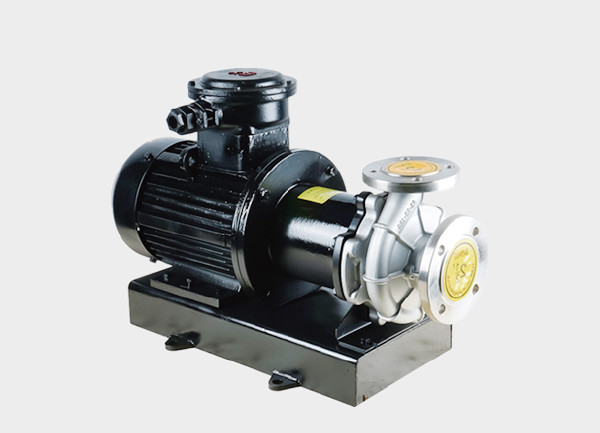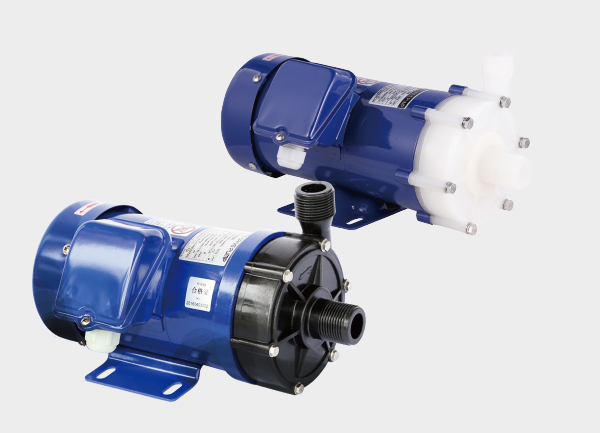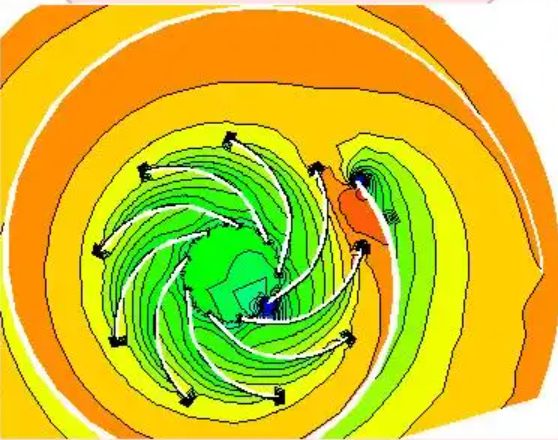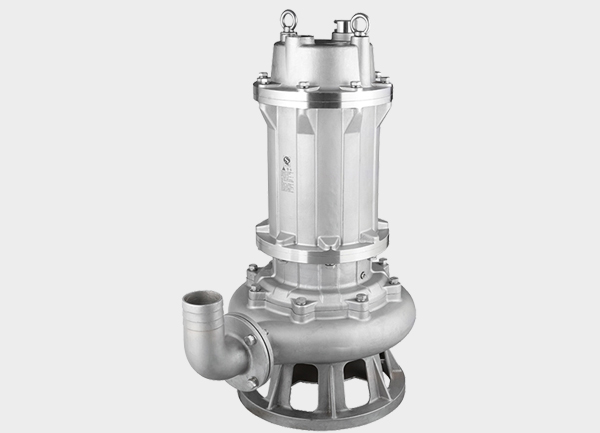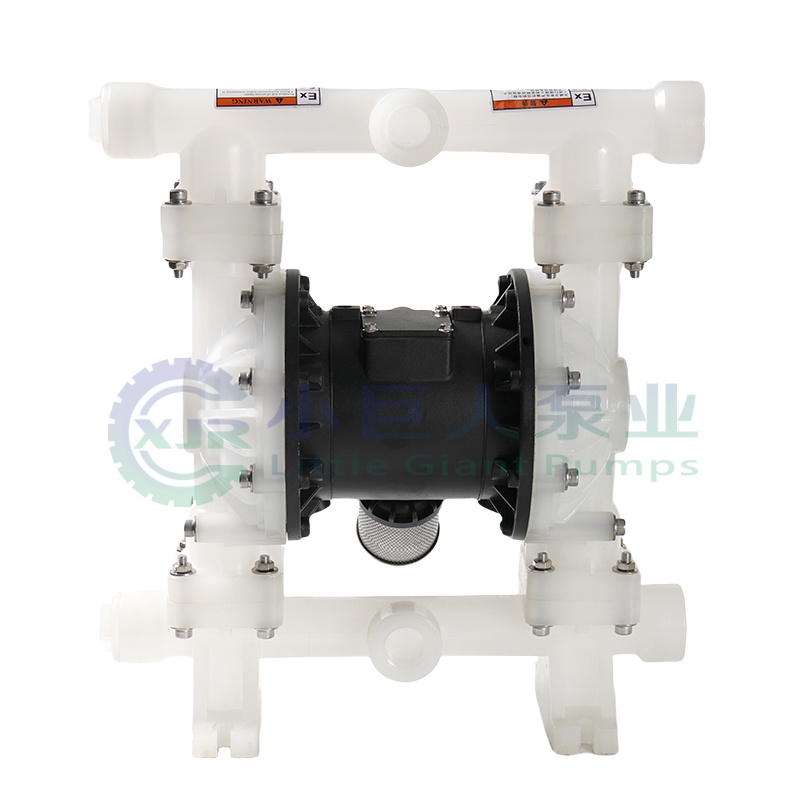1. What Is a Diaphragm Pump? Quick Overview
A diaphragm pump is a type of positive displacement pump that transfers liquids (or gases) through the flexing of an elastic diaphragm. Its two defining characteristics are isolation and flexible transfer.
The pump consists of two key sections:
Core Component – The Diaphragm
Made of rubber, plastic, or special composite materials, the diaphragm acts as the “heart” of the pump. It divides the pump into two separate chambers:Power Chamber: Connected to either an electric motor (electric diaphragm pump) or a compressed air system (air-operated diaphragm pump), providing the driving force for diaphragm movement.
Fluid Chamber: In direct contact with the medium being transferred (liquid or gas), fully isolated from the power section.
Key Advantage
Because of the diaphragm barrier, the power mechanism and the pumped fluid never come into contact. This prevents corrosive, toxic, or sensitive media (such as chemicals or pharmaceuticals) from damaging the pump and also ensures that the medium itself remains uncontaminated. This is the core value that sets diaphragm pumps apart from conventional pumps.
2. How Does a Diaphragm Pump Work? A Simple “Breathing” Analogy
The operating principle of a diaphragm pump can be compared to a breathing air pump. Through the diaphragm’s repeated concave–convex motion, the pump alternates between suction and discharge, enabling continuous transfer. The process can be broken down into three main steps:
Step 1: Suction Phase – “Inhaling” Liquid
When the power source (motor or compressed air) pulls the diaphragm into the power chamber, the fluid chamber expands, causing pressure to drop (lower than external pressure). This pressure difference opens the inlet valve, allowing liquid to be drawn into the chamber.
Step 2: Discharge Phase – “Exhaling” Liquid
The diaphragm then flexes in the opposite direction, pushing toward the fluid chamber. The chamber volume decreases, pressure rises (higher than external pressure), the inlet valve closes, and the outlet valve opens. The liquid is then forced out through the discharge pipe toward the target system.
Step 3: Continuous Cycle – Smooth and Steady Transfer
This back-and-forth diaphragm motion repeats continuously:
concave (suction) → convex (discharge), functioning like a shuttle that delivers fluid in a stable and consistent flow.
Extra Highlight: Built-in Self-Priming Capability
Most diaphragm pumps feature self-priming ability, meaning they do not require pre-filling with liquid before operation. Even if the liquid source is at a lower level (e.g., in a storage tank or container on the ground), the diaphragm’s suction motion can actively draw liquid into the pump. This makes diaphragm pumps especially useful in outdoor and remote scenarios—such as agricultural pesticide spraying or portable fluid supply—where external priming or water sources are unavailable.



